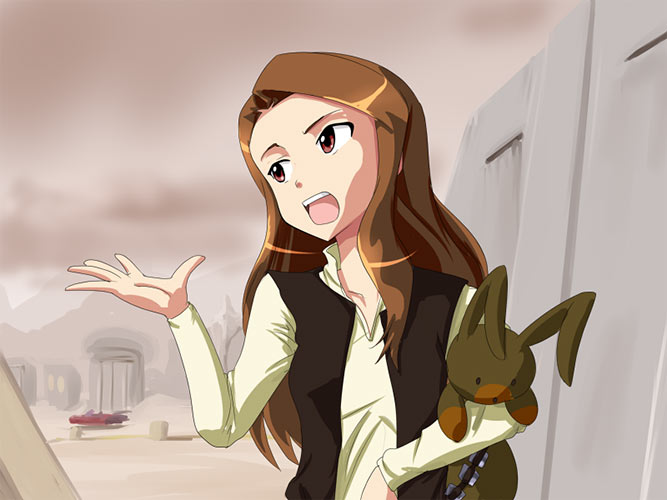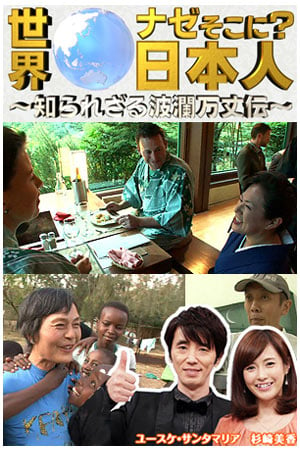My wife and I naturally wanted to raise our two kids to be bilingual in English and Japanese. I always did my best to speak English to the kids and require them to ask me questions in English if they wanted something, but the results were often like Han Solo and Chewbacca. One policy I always maintained was that all movies would be watched only in English, so if they wanted to see Harry Potter or Toy Story, it’d be done without Japanese subtitles. This caused them to learn in a more “natural” way than Japanese children, who memorize grammar and vocabulary and translate sentences, but there were some disadvantages to this method. When you or I learn a foreign language as an adult, we build synaptic bridges in our brains, and when we go to translate a sentence, these bridges what enable us to know that “apple” in English is ringo in Japanese. My kids, however, essentially learned English and Japanese separately, with fewer synaptic links installed — thus, my daughter loved eating “corn” but hated tomorokoshi (which is Japanese for corn). Sometimes we’d be in the bath together (parenthood in Japan involves taking many baths with your kids) and I’d test their ability to translate from one language to the other. Although they were largely functional in both languages, the act of translation was surprisingly difficult for them.

You learn a lot about the human brain when you raise bilingual kids.















